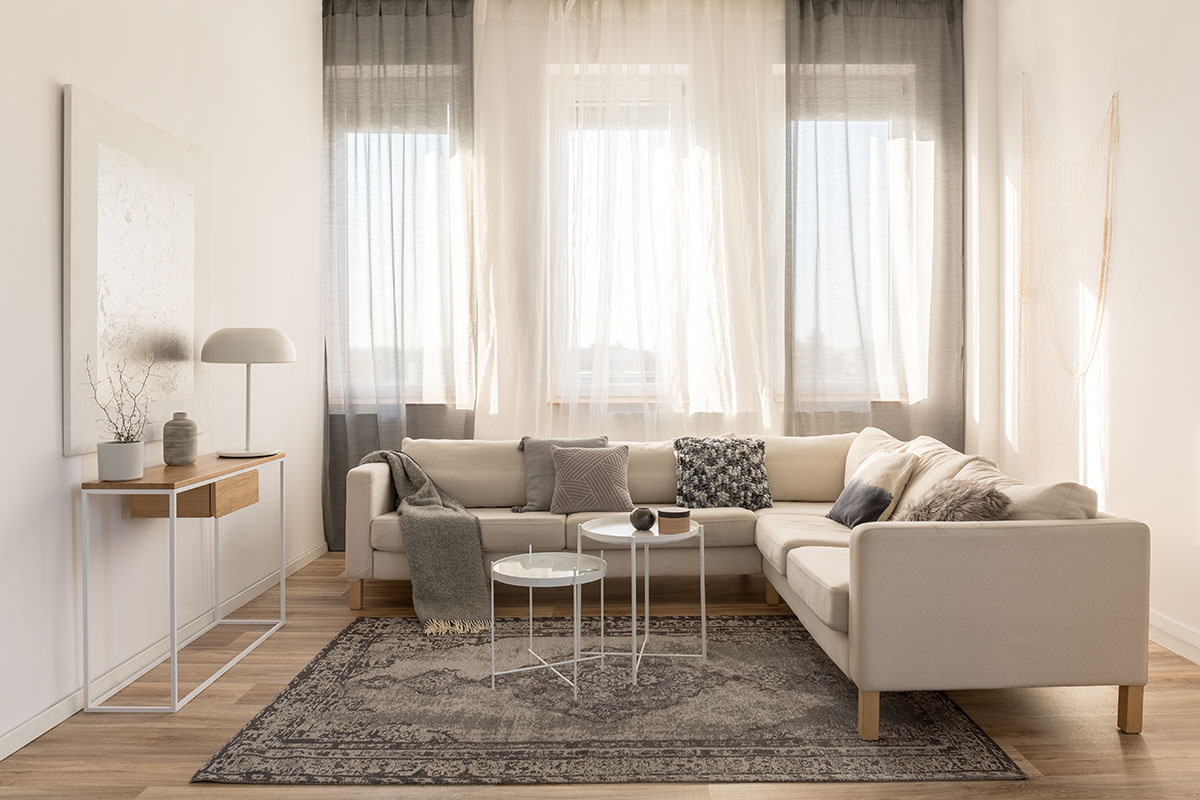Living rooms are the central area of our homes and our everyday life. Hence, living rooms serve many purposes, from relaxing in front of the television to entertaining guests. Whatever our favorite pastimes, we spend much of our time right in the living room.
So it’s no wonder that people are spending fortunes on making the living room look bigger. What we’re going to reveal today is that creating extra space doesn’t have to be painful – instead of demolishing and dividing; You can use a few simple visual tricks.
Read our tips on how to make the living room bigger:
Wallpaper and mirrors
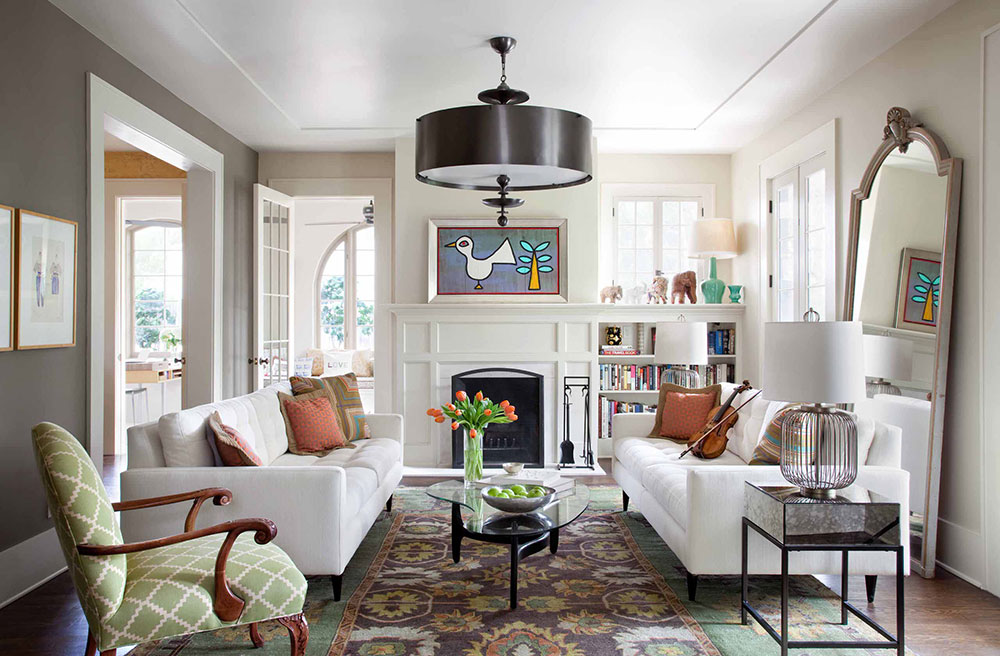 Image source: Tim Cuppett Architects
Image source: Tim Cuppett Architects
Short living rooms, especially those that don’t have access to natural light, look a bit claustrophobic. Still, there is a trick to make it look bigger: pick a central point; buy new wallpaper with bright and interesting colors; and hang a mirror over the largest window. In this way, the mirror plays the role of an additional window and reflects the wonderful view.
Make peace with the architecture you already have
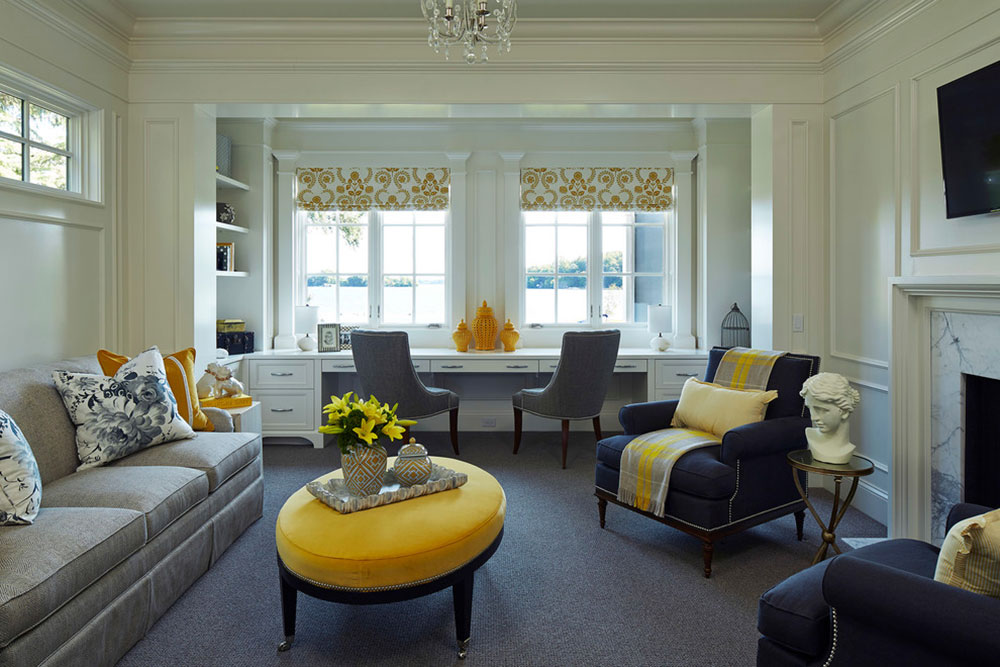 Image source: Martha O’Hara Interiors
Image source: Martha O’Hara Interiors
The limited size of your living room often lets you neglect incredible design options. For example, unused nooks and crannies could be used for cut benches and functional desks. Coffered ceilings are ideal for lovely chandeliers.
The most useful trick in small living rooms is to draw attention to the ceiling, which is why hanging artwork is a great solution too. In addition, decorate your windows with long and elegant curtains that can highlight their importance.
Choose furniture strategically
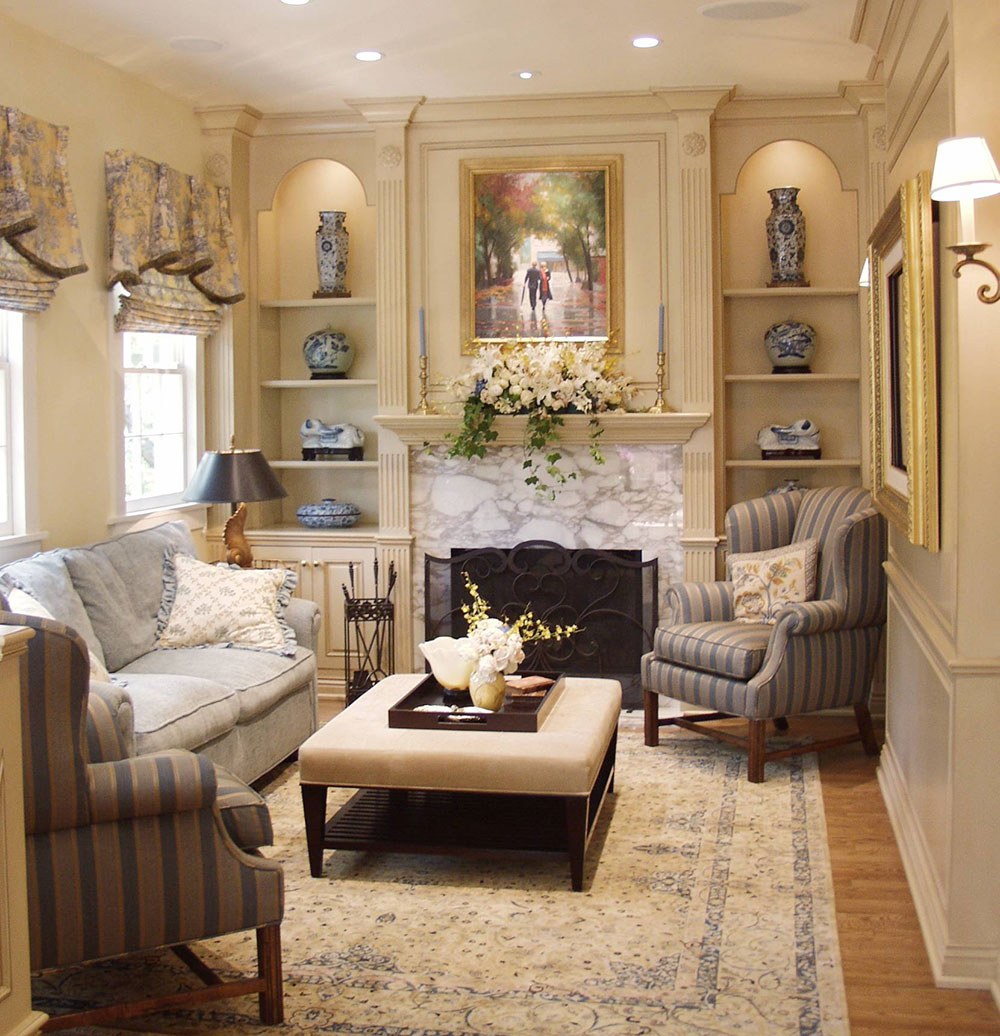 Image source: Reaume Construction & Design
Image source: Reaume Construction & Design
The biggest mistake you can make when decorating a small living room is choosing incompatible furniture. Large pieces take up too much space; and they create visual clutter even in the cleanest room.
Try replacing them with modular furniture that serves more than one purpose: forget about regal sofas, for example, and choose two small stools instead. Ottomans and petite sofas look spacious and cute; and they can be easily moved to the side if you need extra space.
Choose the right colors
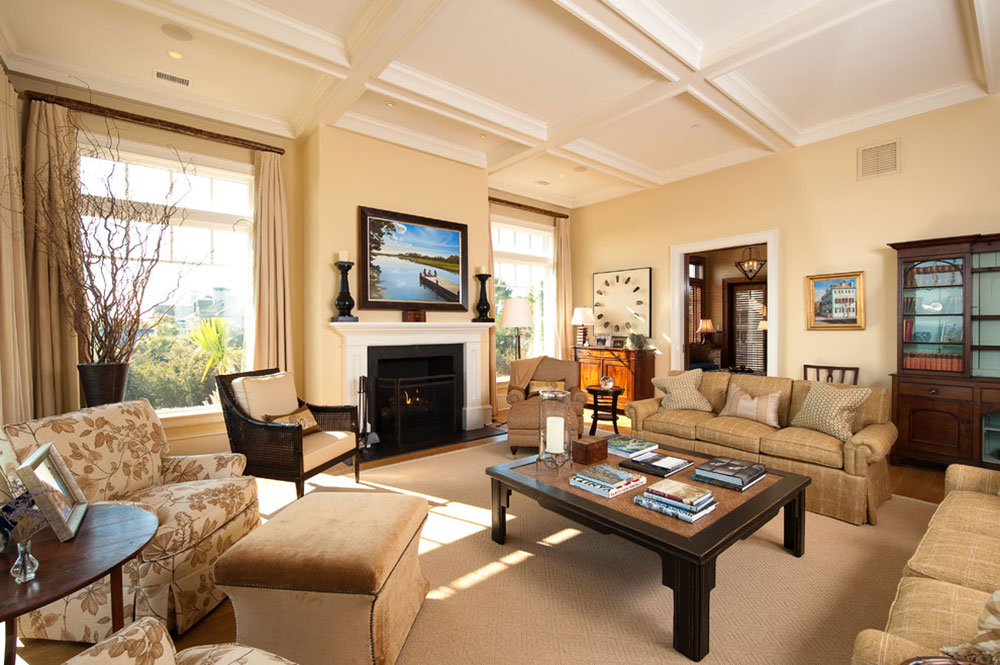 Image source: Solaris Inc.
Image source: Solaris Inc.
The color scheme can definitely make or break small living rooms. Many people make the drastic mistake of following popular trends; and applying dark and bold palettes. Small living rooms look much better when they are dressed in matte and neutral tones, especially popular shades of lime, ivory, or sky blue.
Fill in the corners
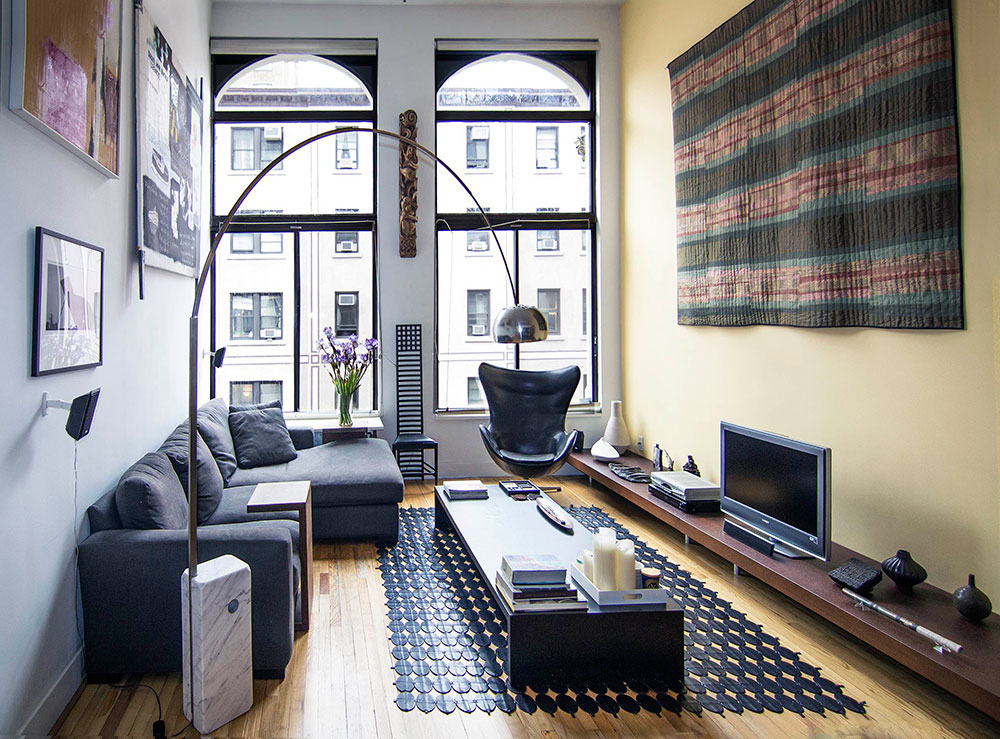 Image source: kimberly peck architect
Image source: kimberly peck architect
It sounds like a counterproductive idea, but filling a single corner in a small living room can actually add visual size. Large pieces of furniture store many items; and they can accommodate more people than standard sofas. That way, the room doesn’t look crowded and cluttered.
An additional recommendation would be to use modern pieces with clean and sharp lines instead of crowded or rounded furniture.
Make use of high ceilings
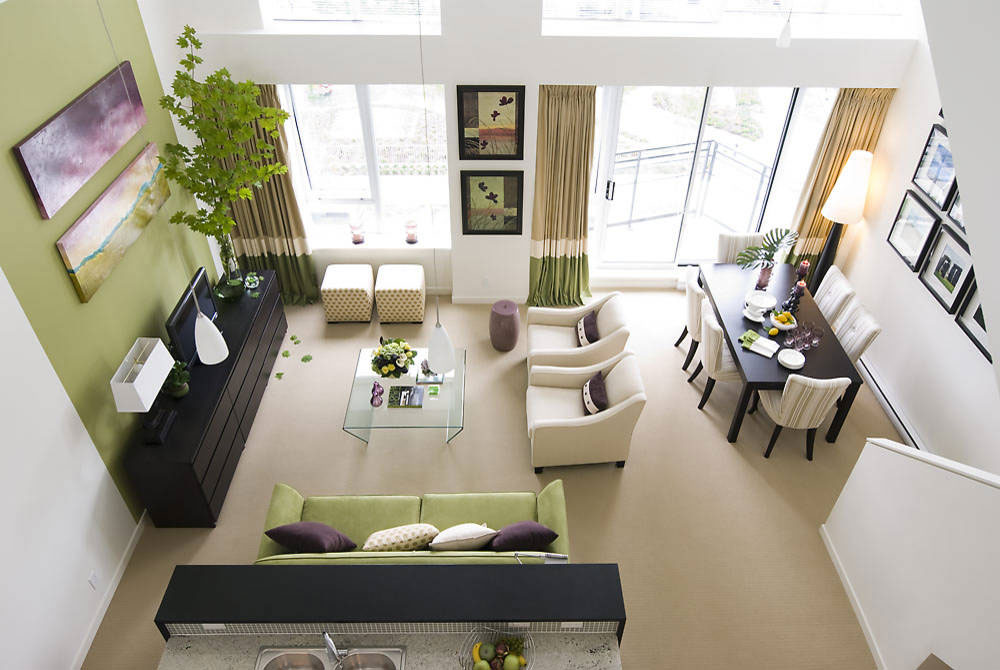 Image source: Maria Killam
Image source: Maria Killam
High ceilings are a real boon for small spaces! It’s true – you may not be able to add extra seats, but you can always squeeze exquisite vertical parts and draw attention to the ceiling. The end result would be visual spaciousness and size that otherwise could not be achieved.
For example, we recommend hanging shelves, art collections, or creative lights. Beams, on the other hand, would be a clever addition to rustic environments.
Make it as easy as possible
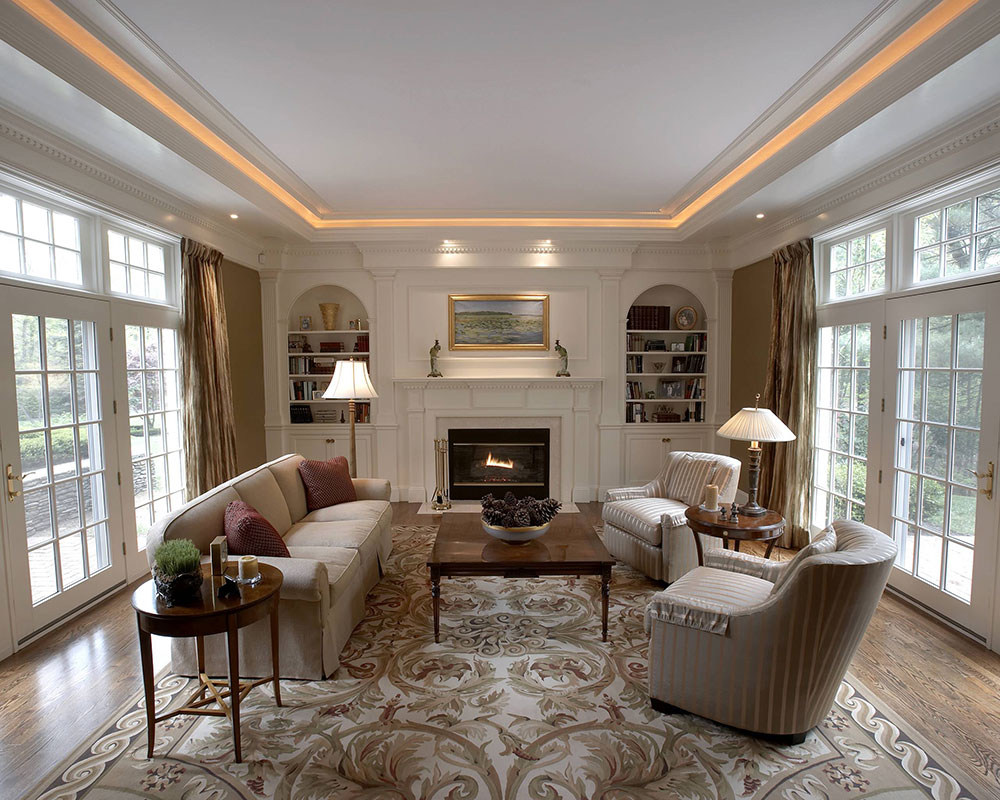 Image source: Creative West Architects
Image source: Creative West Architects
If there isn’t enough natural light in your room, keep the covers transparent and airy. Heavy curtains made of thick and dark materials are modern and practical, but they are a luxury that small spaces cannot afford. Light curtains, on the other hand, ensure brightness and freshness in your home. Alternative lighting such as floor lamps or elaborate chandeliers are also welcome.
Focus on the fireplace
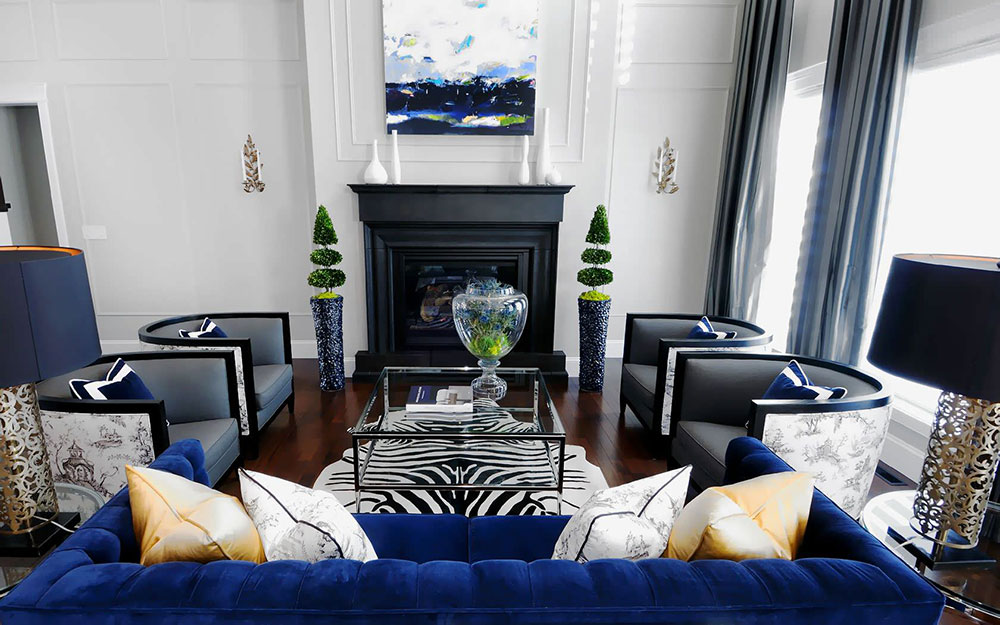 Image source: Atmosphere Interior Design Inc.
Image source: Atmosphere Interior Design Inc.
Those of you fortunate enough to have a built-in fireplace should consider converting it into the central element of their living room. The fireplace can be more than an ornament – it can serve as a pleasant meeting place!
All it takes is to surround it with comfortable stools, creative benches or a pair of cute stools. Their warm and inviting manner inspired many designers to recommend them, especially when it comes to saving space and concealed storage.
You don’t really need a sofa
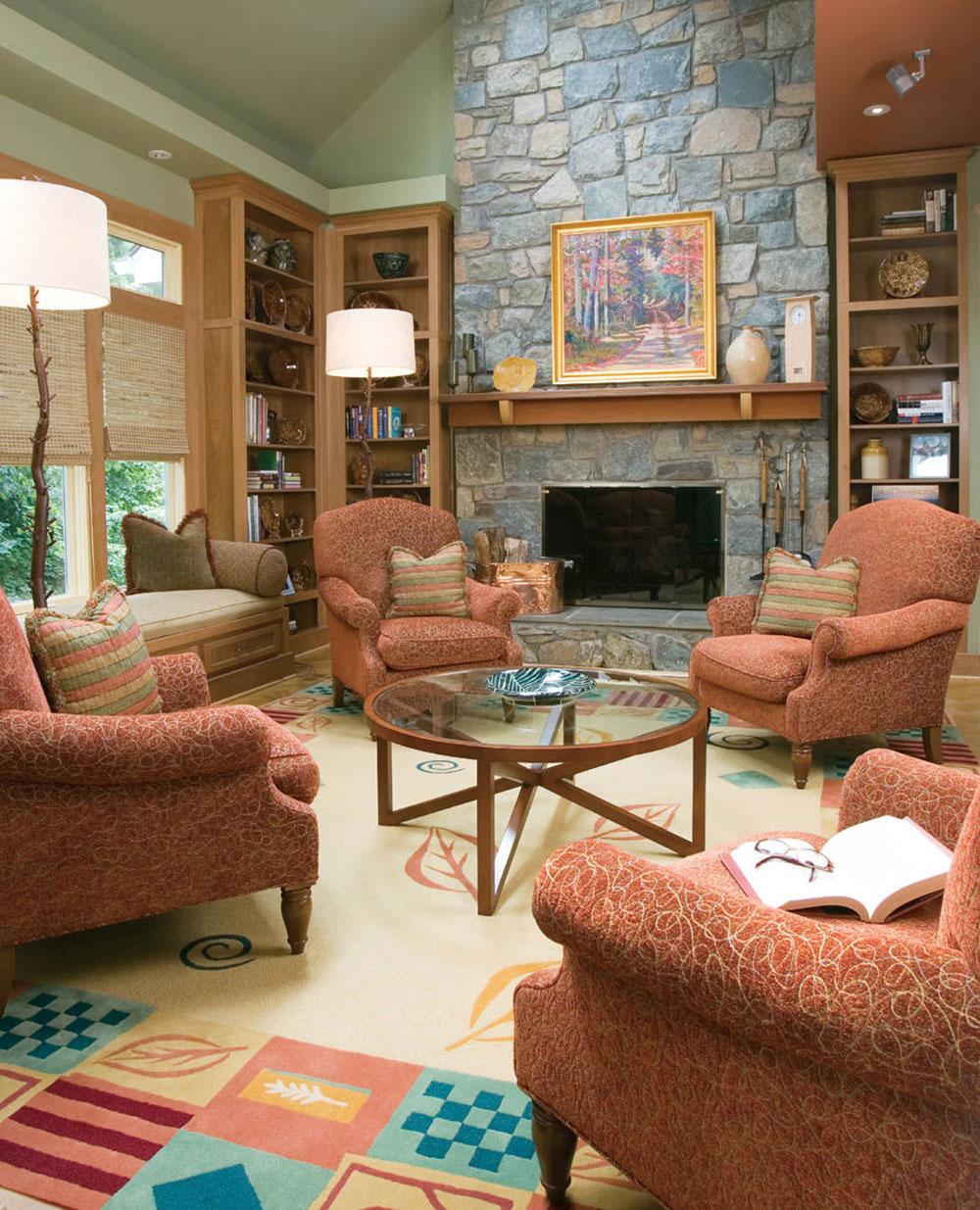 Image Source: Designing Solutions
Image Source: Designing Solutions
As mentioned earlier, sofas should be avoided in small living rooms. Wouldn’t it be more breathable with a pair of cozy stools or attractive armchairs? Also, only a few stools or stools are needed to ensure that human accommodation is not a problem.
‘Hidden’ storage
For the most part, small living rooms are part of generally small homes, which takes away the luxury of owners of sacrificing functionality for style. While this doesn’t mean you have to sacrifice the beautiful looks of your furniture, you do have to choose pieces that are very practical; and can “hide” stacks of personal items.
We therefore recommend built-in wardrobes, banks with creative shelves or hidden drawers. The more artistic and playful you get, the more spacious your room will appear.
Add green
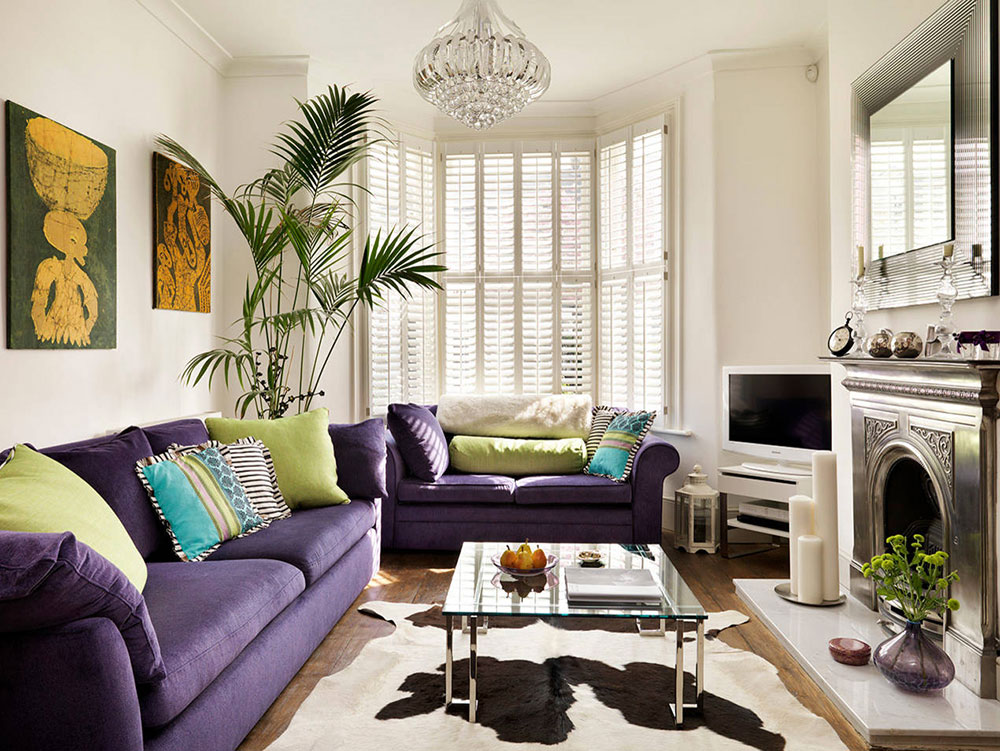 Image source: My bespoke room Ltd.
Image source: My bespoke room Ltd.
Plants can make the eye believe that there is more space in the room than there is actually. Few of them can make your space look fresh and cheerful, especially if you put them in the corners or behind larger pieces of furniture.
Emphasize the vertical ax in your room
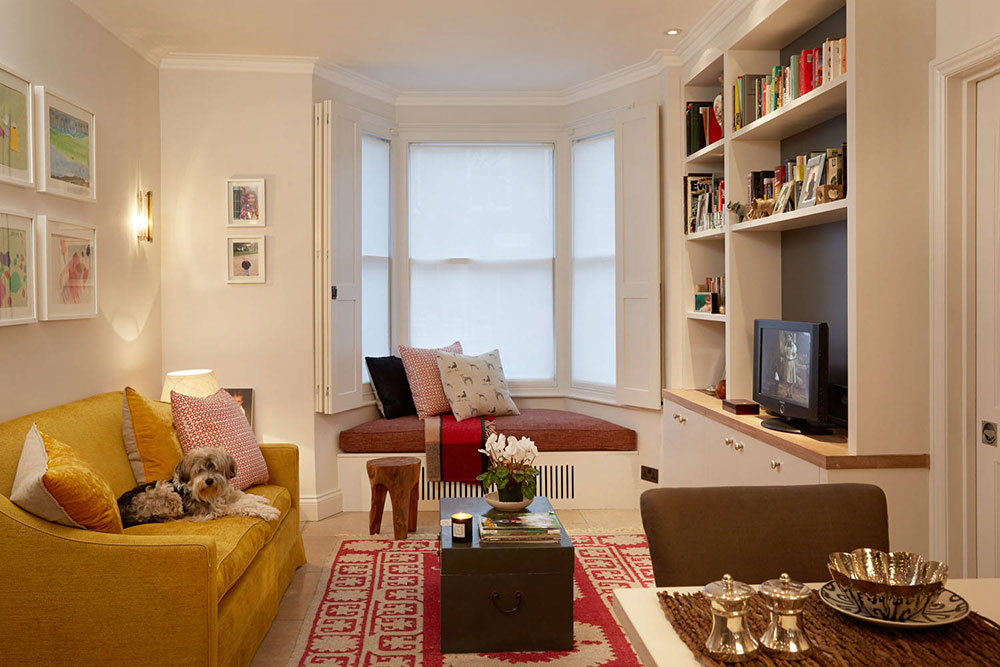 Image source: Naomi Astley Clarkeer
Image source: Naomi Astley Clarkeer
The benefits of the vertical axes of our spaces are often undermined. The truth is that emphasizing the vertical dimension of the room can actually encourage visitors to believe that the room is bigger. Achieving this is very simple: you need large floor lamps, long vases of reeds, oversized curtains, or full size mirrors. In fact, any vertical item available could be an excellent choice.
Use transparent materials
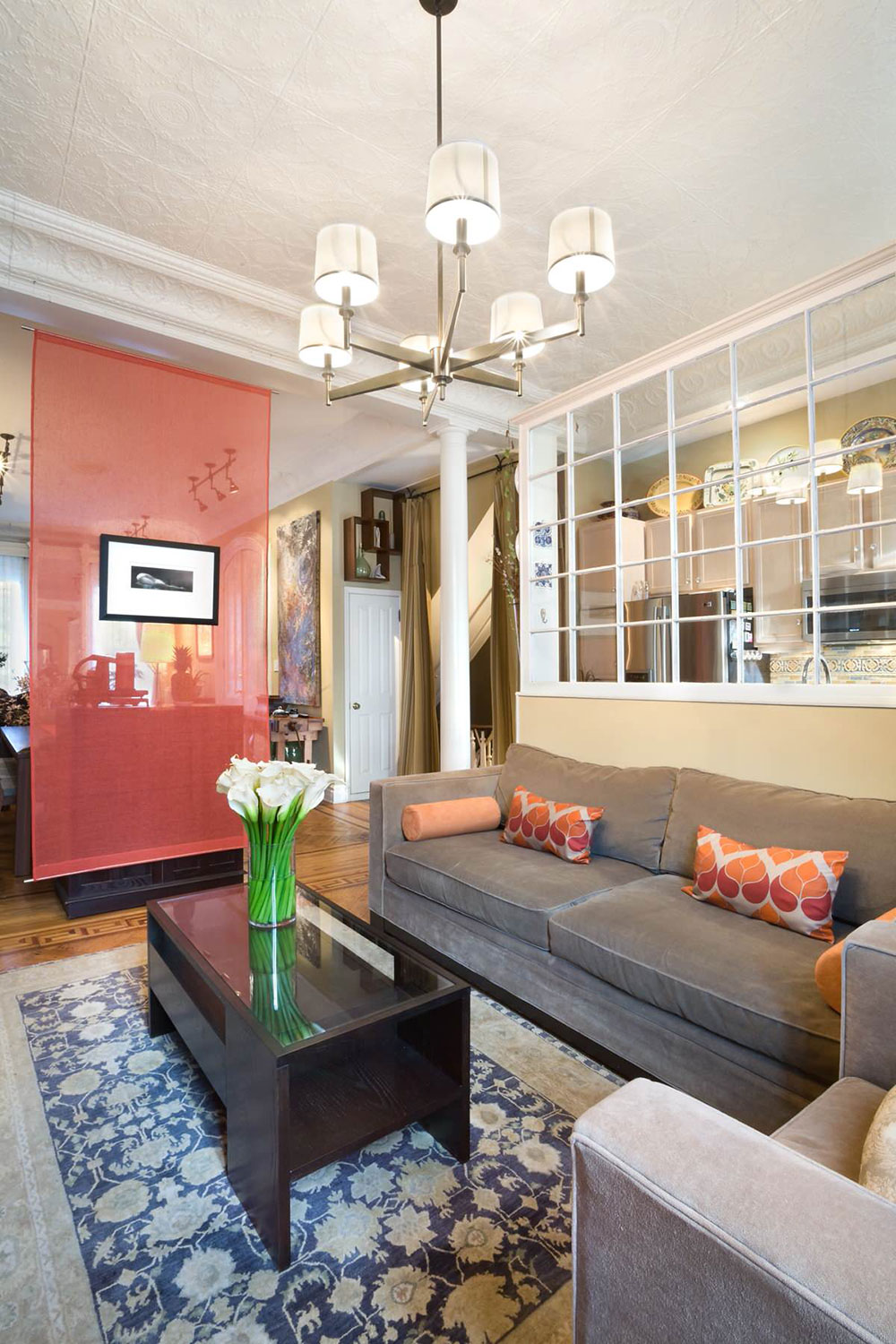 Image source: Tobin + Parnes Design Enterprises
Image source: Tobin + Parnes Design Enterprises
Transparent materials are delicate and prone to damage, but with care and regular maintenance, they can enrich your small living room for a long time. Lucite chairs (especially those that have a “window seat” and can see through them) or elegant glass tables are “invisible” to the eye. but are practical and elegant at the same time. Acrylic accessories are even more desirable.
Go for backless seating
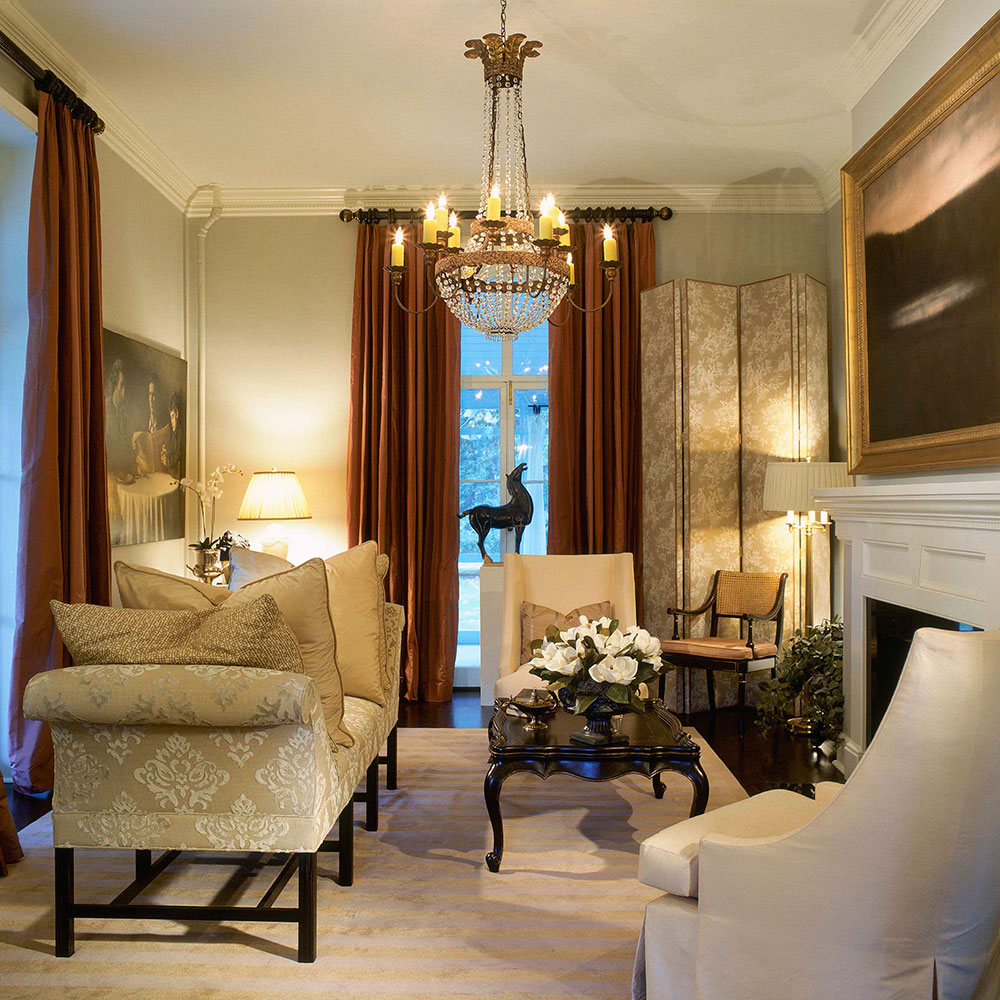 Image source: Brad Weesner Design
Image source: Brad Weesner Design
Seating devices in small rooms look better in the middle than next to the wall. To create a comfortable seating environment, choose small and backless pieces. They provide more space for your guests; and creates a modern atmosphere in your home. Plus, backless furniture looks equally good in larger rooms, where it can be used to “divide” two different seating areas.
 Flower Love
Flower Love
